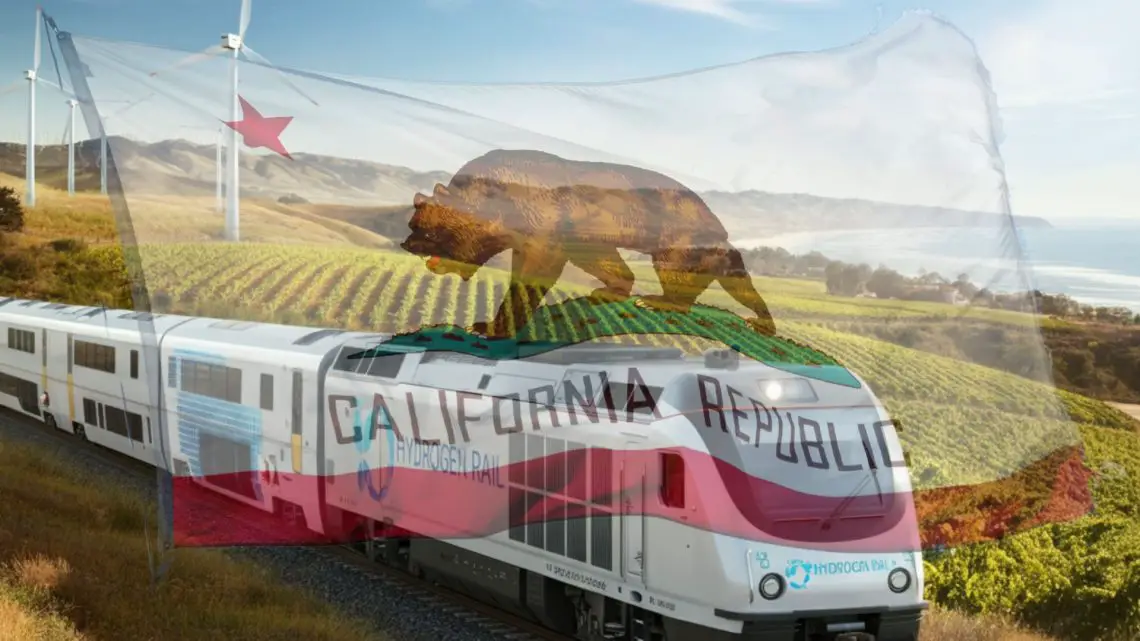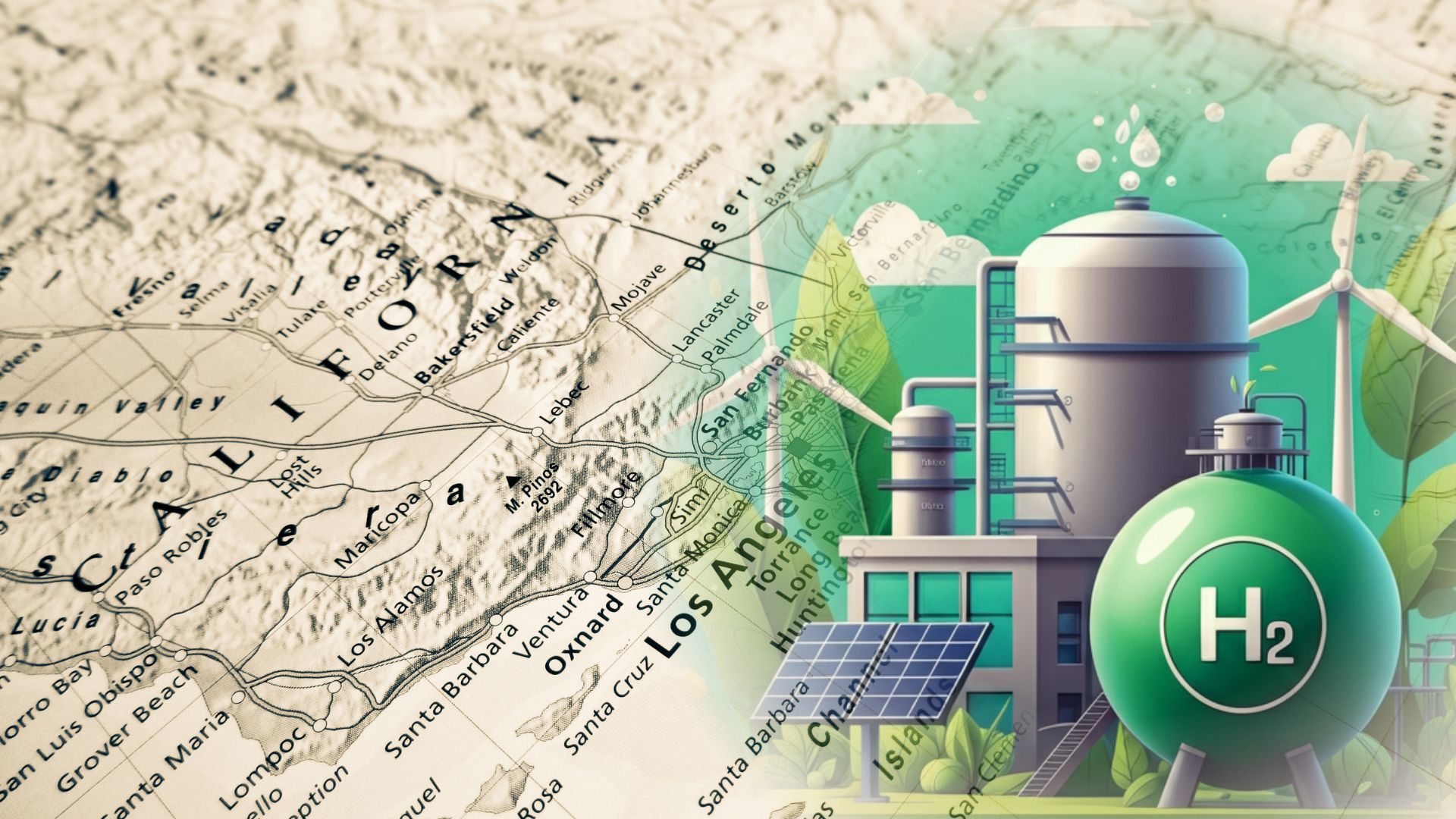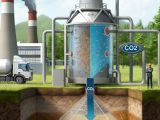
Building on ZEMU’s Success: How Hexagon Purus and Stadler Are Expanding Hydrogen Rail in California
March 29, 2025Hexagon Purus and Stadler Partner to Bring Hydrogen-Powered Rail to California
Hexagon Purus has announced a landmark agreement with Stadler to provide hydrogen fuel storage systems for cutting-edge rail applications in California. This partnership represents a major step toward implementing zero-emission train technology in the United States. The collaboration combines Hexagon Purus’ expertise in hydrogen storage solutions with Stadler’s renowned innovation in rail engineering, setting the stage for an evolution in sustainable transportation.
Merging Expertise to Drive Zero-Emission Rail
Hexagon Purus, a global leader in hydrogen storage and distribution systems, will supply critical components for the hydrogen trains Stadler is manufacturing. Hydrogen-powered trains offer a clean alternative to diesel-powered locomotives, with the potential to significantly reduce greenhouse gas emissions in the rail sector. These systems are designed to store hydrogen at high pressures safely, ensuring that trains can achieve the efficiency and range demanded by commercial rail operators.
On the other side of the partnership, Stadler is bringing its innovative hydrogen train technology to the U.S. market through this project. The company has already made waves in Europe with its hydrogen fuel-cell trains, like the FLIRT H2. A version of this train is being adapted for North American requirements, underlining Stadler’s commitment to sustainable rail technologies and Hexagon Purus’ role in enabling this transition.
The integration between the storage systems and the hydrogen fuel-cell technology is critical. Hexagon Purus’ hydrogen tanks will act as a linchpin, ensuring the fuel cells can operate reliably under variable conditions. With Stadler’s expertise in designing rail solutions optimized for hydrogen fuel-cell power, this collaboration is poised to push the envelope of rail decarbonization.
Why California? A Perfect Setting for Hydrogen Rail
California was chosen as the staging ground for this initiative due to its progressive policies supporting clean energy and hydrogen-powered transportation. The state has consistently invested in green infrastructure, ensuring robust support for research, development, and implementation of innovative energy solutions.
The hydrogen-powered train resulting from this collaboration is slated to operate primarily in San Bernardino County, connecting regional transit corridors with a zero-emission rail alternative. This project epitomizes California’s broader goal of reducing transportation emissions, aligning closely with the state’s 2045 carbon neutrality target.
Notable Developments from Hexagon Purus and Stadler
Hexagon Purus has been making headlines recently with its advancements in hydrogen storage and mobility. Earlier this year, the company announced the expansion of its production capabilities to meet growing global demand for hydrogen systems. Its state-of-the-art Type 4 composite pressure vessels, developed specifically for transportation applications, have become a benchmark in lightweight, durable hydrogen storage technology.
For Stadler, this isn’t their first foray into hydrogen. The FLIRT H2, which debuted in Germany, has demonstrated the viability of hydrogen-fueled trains at significant distances and varying terrains. Stadler is promoting a global shift to clean rail systems, and its partnerships across Europe laid the groundwork for projects like this one in California. With global train operators showing growing interest in hydrogen as a long-term solution, Stadler remains at the forefront of this next wave of sustainable rail transport.
The Significance of the Collaboration
This partnership comes at a particularly crucial juncture in the hydrogen energy revolution. With governments worldwide pushing for clean alternatives to fossil fuels, rail transportation offers an important opportunity to reduce emissions while maintaining high efficiency for commercial routes. Rail accounts for a substantial share of transportation emissions, and clean energy adoption is key to meeting climate goals.
Hexagon Purus’ systems are designed to meet exacting safety and performance standards, ensuring the hydrogen-powered trains can operate efficiently across a variety of routes. For Stadler, the experience gained through this partnership will further bolster their reputation in both North America and Europe as a frontrunner in green train technologies.
Industry experts expect the partnership to accelerate hydrogen adoption in other rail applications, particularly in regions with established hydrogen infrastructure. Stadler and Hexagon Purus have hinted that this project could serve as a proof of concept for scaling up hydrogen-powered rail networks internationally.
Timeline and Next Steps
The hydrogen-powered rail system is expected to be operational in California by 2024, with testing phases scheduled throughout 2023. Both Hexagon Purus and Stadler are now focused on ensuring robust integration between the storage systems and train technology, emphasizing safety, reliability, and efficiency.
California stakeholders, including policymakers and transit authorities, are closely watching the project. Success here could lead to further investments in hydrogen-powered public transit across the United States, signaling the beginning of a broader shift toward sustainable rail systems.
A Clear Path Forward
The collaboration between Hexagon Purus and Stadler illustrates the potential for hydrogen technology to reshape rail transportation. Individually, both companies bring advanced expertise that complements the other, but together, their efforts could catalyze the next big breakthrough in emissions-free transit.
For California, this project serves as another example of its leadership in clean energy innovation, setting a precedent for what can be achieved when government policies and private-sector innovation align. Whether you’re a daily commuter or simply someone keeping an eye on advancements in clean energy, this partnership is one to watch as it unfolds over the coming years.



 With over 15 years of reporting hydrogen news, we are your premier source for the latest updates and insights in hydrogen and renewable energy.
With over 15 years of reporting hydrogen news, we are your premier source for the latest updates and insights in hydrogen and renewable energy.